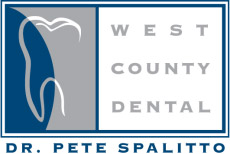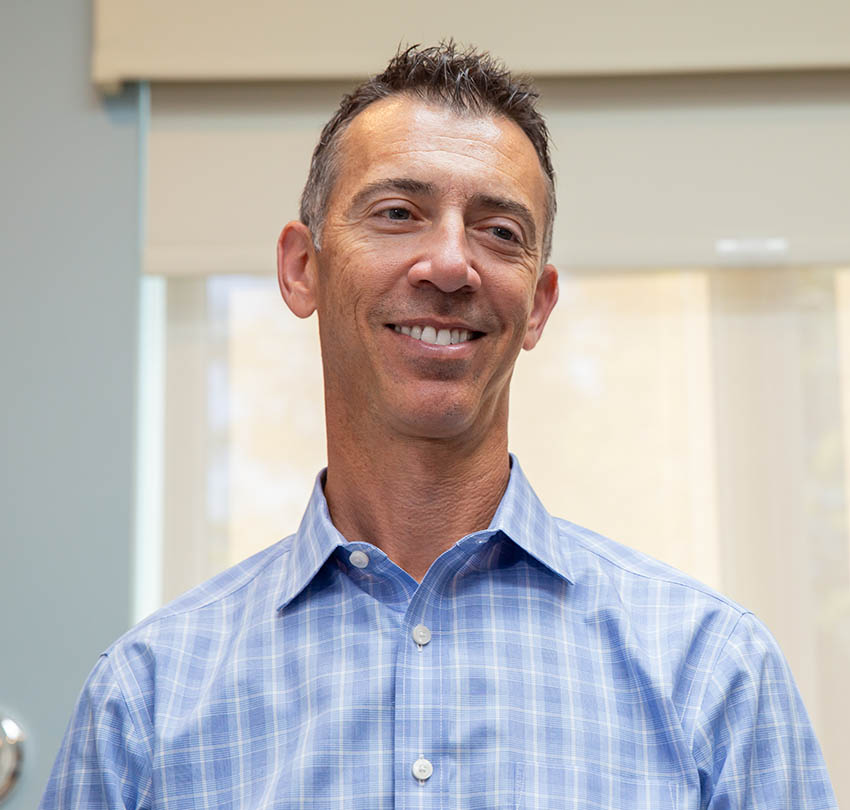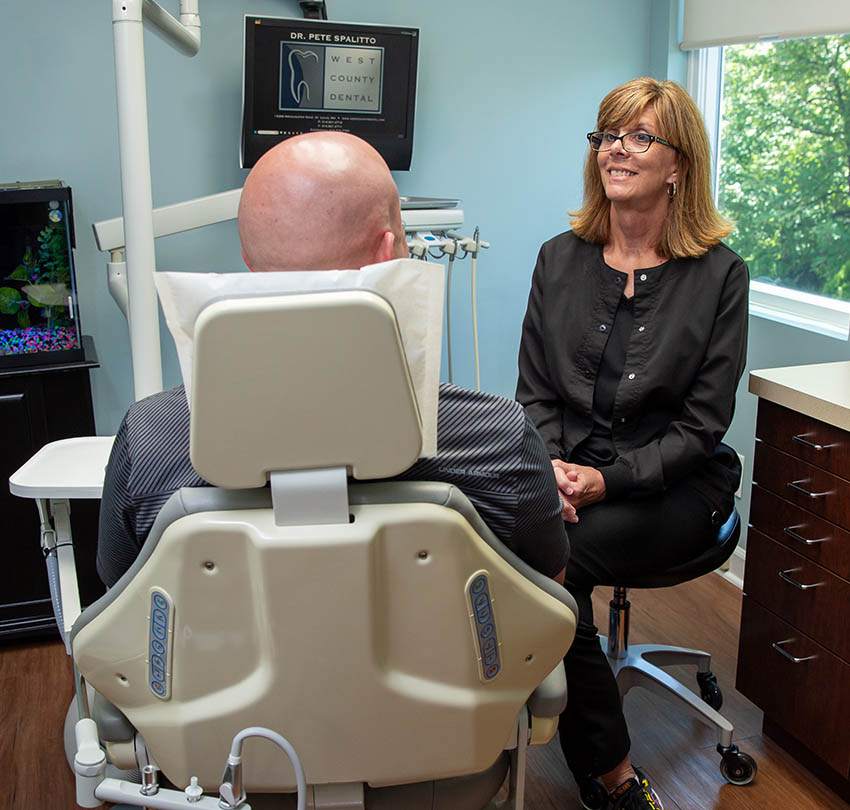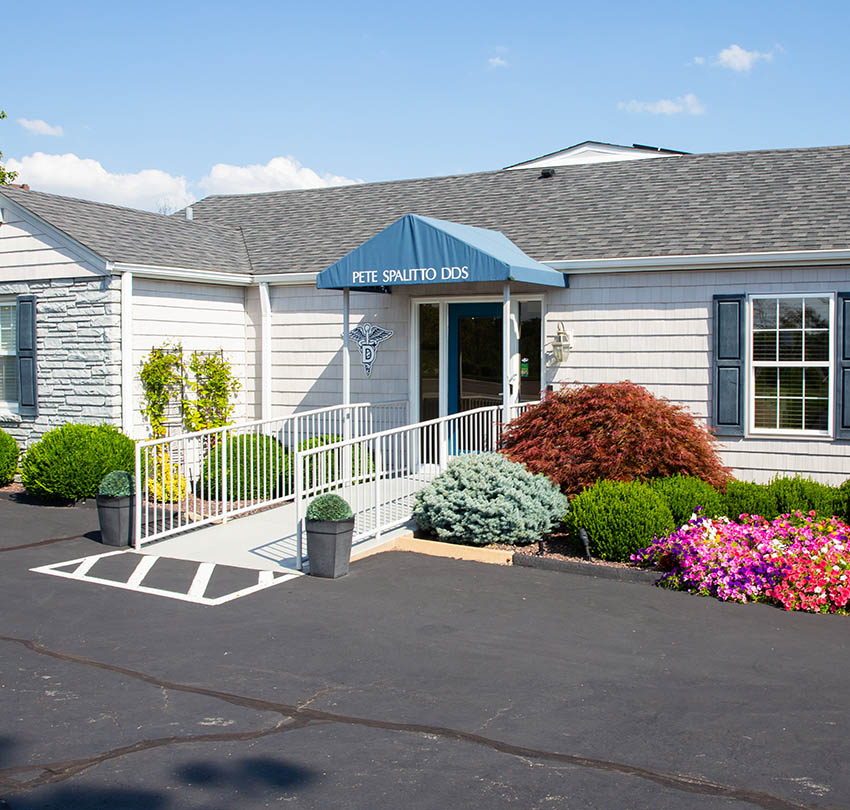Sleep apnea, I’m glad, has become more forefront. It’s been here for years. It’s always been here.
We just didn’t really diagnose it very well because we weren’t aware at the times of what it really is impact is. Imagine sleeping all night but you’re not sleeping and you’re laying there or you’re in that phase one sleep and you never get through that REM sleep, the rested sleep. You go to drive to work and you’re kind of sleepy in the car and at work you’re kind of sleepy.
That’s more than likely sleep apnea. And the way it’s treated, you come in, we do sleep study if applicable and then we also do appliances or we diagnose and send out for a sleep apnea. With sleep apnea, people that have been treated with it afterwards will come in, smile and go, hey doc, thanks for helping me out with that.
I feel a lot better. Or the little kid that came in who I’ve taken care of that his mom goes, oh my gosh, he’s so much better in class. The teacher isn’t calling as much.
He’s happier to be around. He’s a happy kid. That’s the powerful part of treating sleep apnea.



